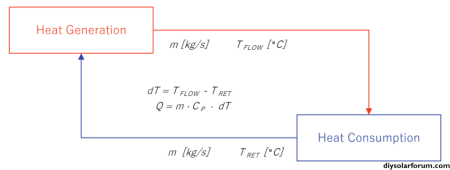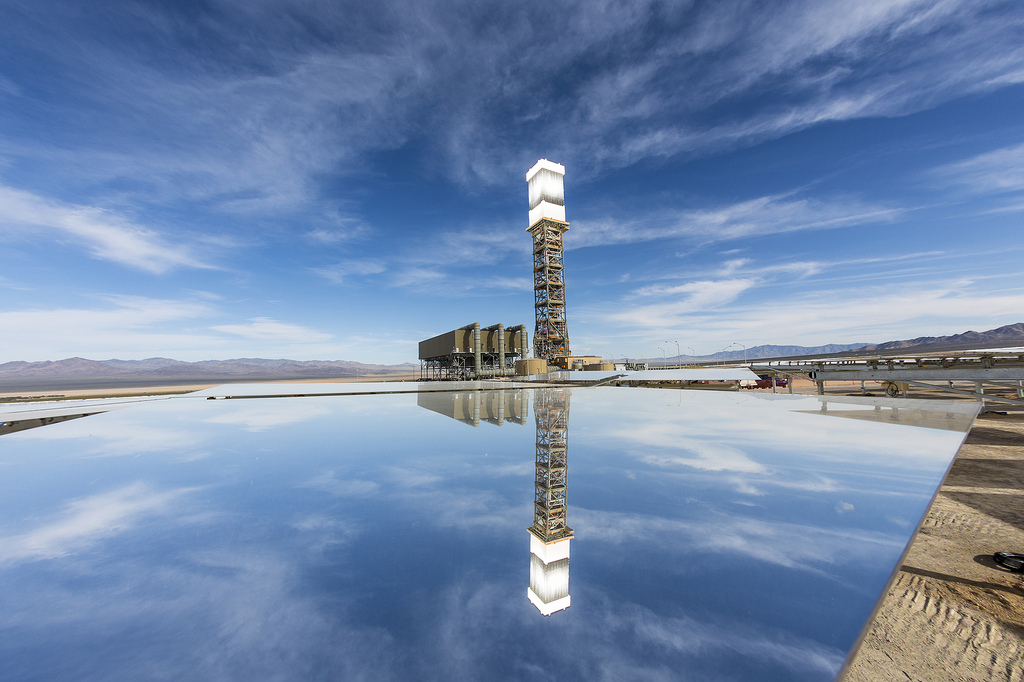thanks for the response, even if it puts plan B to bed.Your target is about 3 to 6 decades too small to work with sand insulation over 3-month perioid.
Put it in other way 1000 to 1000000 times too small to work. 100x100x100m cube of sand with 10m outer layer of sand working as insulation would surely work but it sounds kind of big.

Sand Battery’s Efficiency Explained – Polar Night Energy’s ‘Sand Battery’ Has Efficiency Up To 95 Per Cent — Polar Night Energy
On what basis can we make the claim 'Efficiency up to 95%'? Here’s our Lead Scientist’s take on the efficiency of our energy storage system. Resistive heating of sand is essentially 100% efficient, but the efficiency is inevitably lowered by heat loss through the boundaries of the system. However,polarnightenergy.fi
95% efficient for 1 or 2 week cycle on 1GWh =1000MWh scale and they supposedly would also use other insulation than sand. Scale up to 3 month storage and I'd look start with 10000MWh minimum feasible. Use sand as insulation and I'd start with 100000MWh for 3 month target at reasonable efficiency.
Waste of time to do the actual maths as nobody is going to have 100000MWh sand battery in domestic use.
Might explain why we don't store heat in sand for winter months.
Water would be totally doable if you dont care about any sort of ROI. Built wisely under the house it might? be even economically feasible in some cases. Even low temperature sand or concrete would be doable but you need ALOT of it.
For example 150m2 house foundation with 1m of sand under the foundation, insulated with about 3x typical insulation thickness ie something like 300-600mm PIR foam would probably get you close. Lot easier than 1 cubic kilometer of hot sand.
how does polar night get away with a tower 4 mtrs wide by 7 mtrs tall and their heat figures?
do we know how they insulate?? - is it just they heat the center and the sand insulates it?




